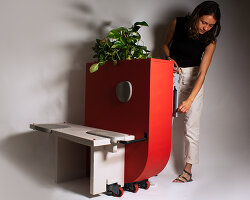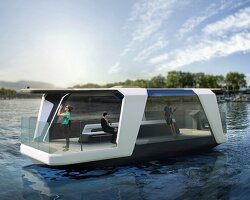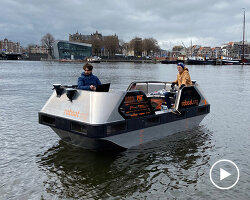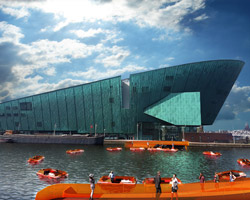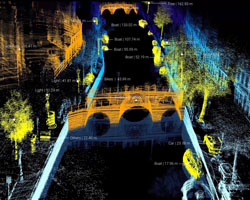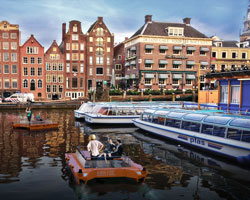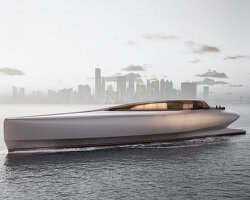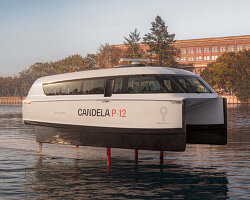for the past five years, we have been reporting on MIT’s roboats, a fleet of autonomous boats that aim to improve the urban waterways of amsterdam. the research project sees the senseable city lab at MIT, directed by carlo ratti, collaborate with the amsterdam institute for advanced metropolitan solutions (AMS). together they have envisioned a new kind of on-demand infrastructure comprising autonomous platforms that could combine to form floating bridges and stages, collect waste, deliver goods, and transport people, all while collecting data about the city.
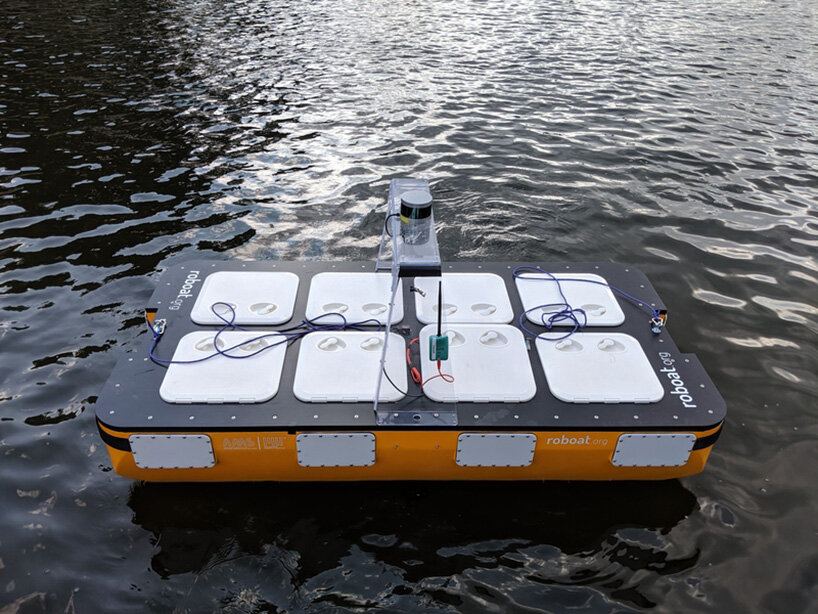
the latest update to the project is a new, larger vessel dubbed the roboat II, which can carry passengers and measures 2-meters long, making it ideal for social distancing. ‘roboat II navigates autonomously using algorithms similar to those used by self-driving cars, but now adapted for water,’ MIT professor daniela rus, a senior author on a new paper about roboat and the director of CSAIL comments. ‘we’re developing fleets of roboats that can deliver people and goods, and connect with other roboats to form a range of autonomous platforms to enable water activities.’
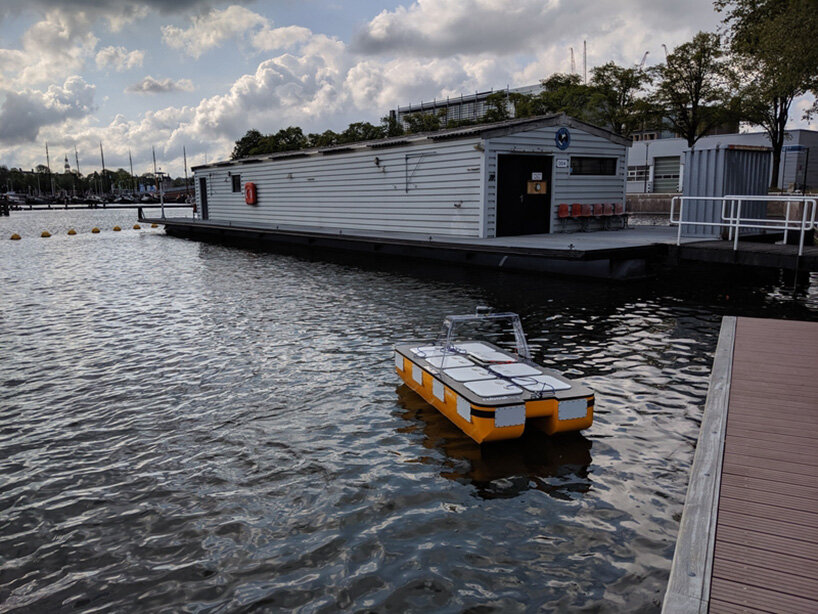
roboat II is the ‘half-scale’ boat in the growing body of work, and joins the previously developed quarter-scale roboat, which is 1 meter long. the third installment, which is under construction in amsterdam and is considered to be ‘full scale,’ is 4 meters long and aims to carry anywhere from four to six passengers. all roboats are equipped with powerful algorithms that allow them to navigate autonomously for three hours, while collecting data.
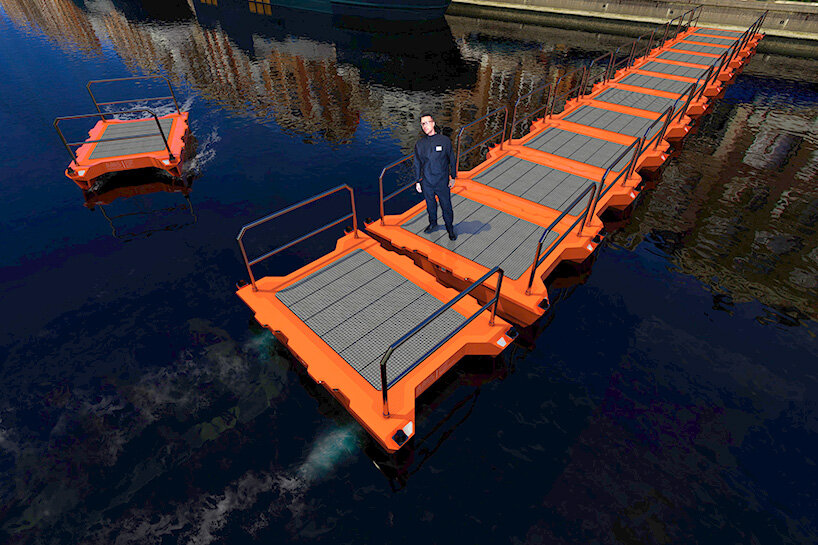
the roboat timeline goes as follows: in 2016, the first prototype was tested, proving it would move in all directions along a pre-programmed path in the canals. three years later, it was updated for it to be able to change its shape and function by autonomously disconnecting and reassembling. now roboat II has been updated to explore transportation tasks including a new algorithm for simultaneous localization and mapping (SLAM), a model-based optimal controller called nonlinear model predictive controller, and an optimization-based state estimator, called moving horizon estimation.
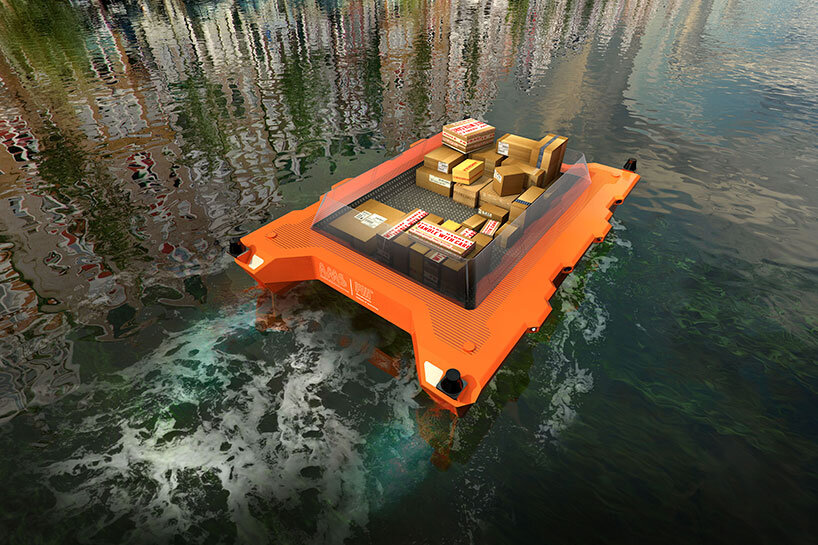

project info:
name: roboat II
created by: senseable city lab at MIT
in collaboration with: amsterdam institute for advanced metropolitan solutions (AMS)




